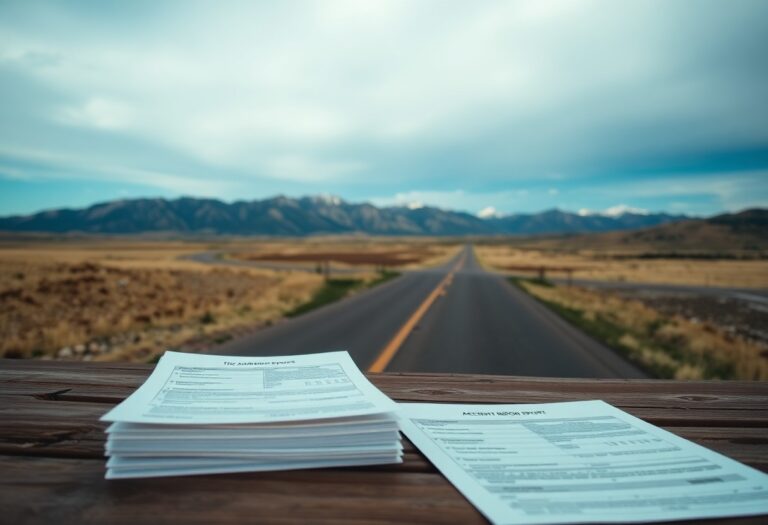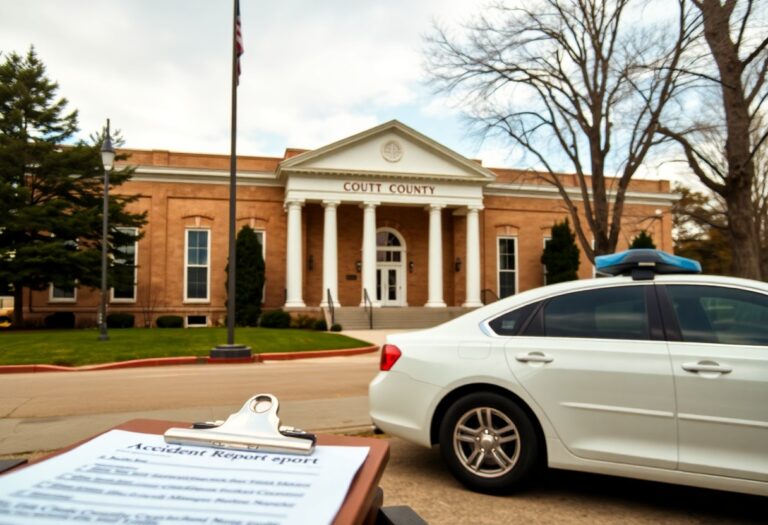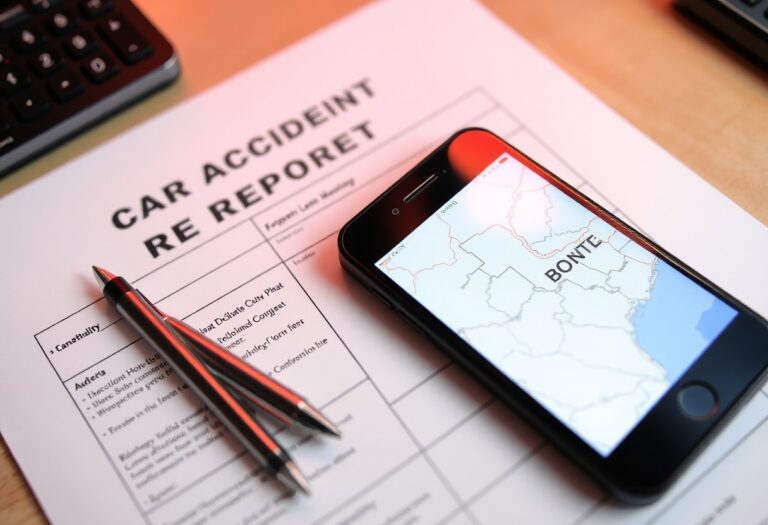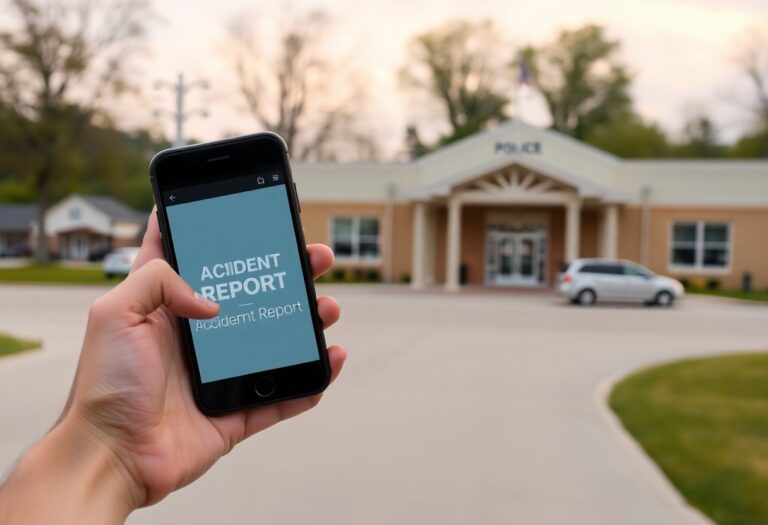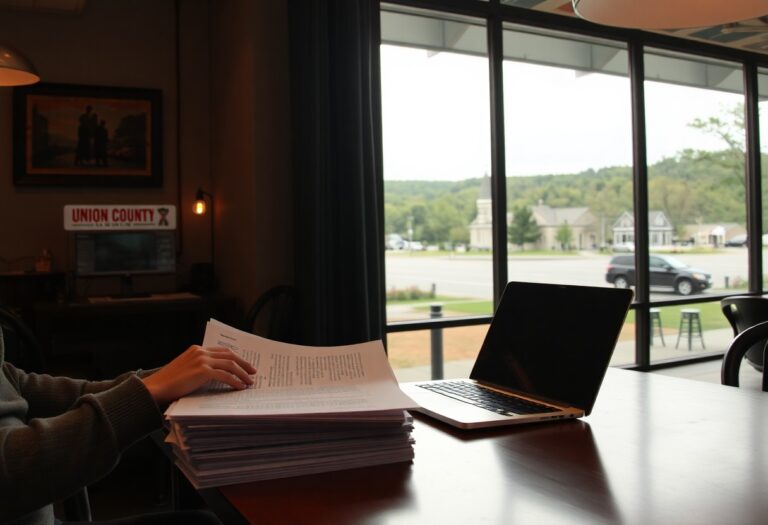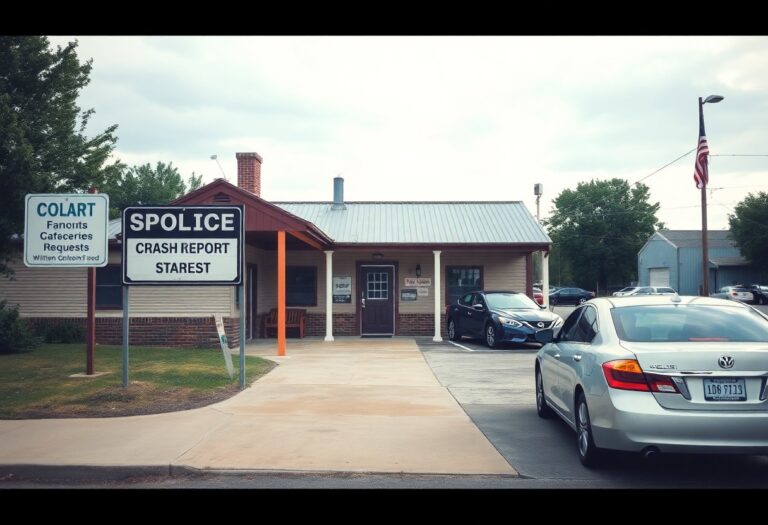You may find yourself needing to access your auto accident report after an incident in Baltimore City. This important document serves as a key piece of evidence for insurance claims, legal matters, and personal records. To locate and obtain your report, you’ll need to follow a few straightforward steps that involve both online resources and in-person visits. Understanding this process will empower you to efficiently secure your report and ensure you have the necessary information to protect your rights and interests.
Navigating the Bureaucratic Maze: Where to Start
Finding your auto accident report in Baltimore City can feel overwhelming, but a systematic approach helps ease the process. Begin by identifying the appropriate agencies responsible for managing and providing these reports. By knowing where to direct your efforts, you can save time and avoid frustration.
Identifying the Right Agency
To access your auto accident report, first determine whether the Baltimore City Police Department or the Maryland State Police handled the incident. For reports filed by local officers, the city department is typically your go-to, whereas the state police manage incidents along highways or state roads. Each agency has distinct channels for report requests, so confirming the right one simplifies your search.
Understanding Reporting Procedures
Once you’ve pinpointed the correct agency, familiarize yourself with their reporting procedures. Each organization has specific steps for obtaining reports, often available online or through direct inquiry. Generally, you’ll need to provide details about the accident, such as the date, location, and parties involved, to facilitate the search for your report.
If you’re submitting a request online, be prepared to fill out a form that requires your personal information and details of the accident. Costs may vary; some agencies charge a nominal fee for copies, while others allow free access to the reports for certain cases. Follow the guidelines closely, including response times, which can range from a few days to several weeks, depending on the agency’s workload. Ensuring that you provide complete and accurate information benefits you by expediting the process and increasing the likelihood of a successful request.
The Digital Age: Accessing Reports Online
Today, obtaining your auto accident report is more streamlined than ever, thanks to the digital age. Various online platforms allow you to access your report with just a few clicks. By entering basic information like your name, date of the accident, and report number, you can retrieve your documents in minutes. Many local law enforcement agencies have embraced online services, making the process not only faster but also more convenient.
Official State Databases and Resources
State databases serve as a reliable starting point for accessing your auto accident report. These official resources often feature user-friendly interfaces where you can search for your report using your personal details. Websites maintained by the Maryland State Police or the Maryland Department of Transportation can provide high-quality, verified copies of your documentation, ensuring that you’re relying on accurate information.
Third-Party Services: Pros and Cons
While third-party services offer to streamline the retrieval process for your auto accident report, evaluating their advantages and disadvantages is imperative. These platforms often promise quicker access but may charge additional fees for the convenience. Furthermore, the reliability of their access can vary greatly. Here’s a breakdown of some pros and cons:
Pros and Cons
| Pros | Cons |
|---|---|
| Fast access to reports | May charge higher fees |
| User-friendly interfaces | Potential data inaccuracies |
| 24/7 availability | Less official than state sources |
| Convenience of use | Possible delays in processing |
| Additional features, like tracking | Limited customer support options |
| Access to multiple reports | May require personal information |
| Some services offer document storage | Risk of privacy breaches |
| Mobile-friendly access | Not all states covered |
| Easy comparisons of reports | Conflict of interests if affiliated with legal firms |
| Instant alerts for updates | Variable reputations make trust difficult |
Third-party services can offer attractive benefits such as speed and user engagement, but be wary of the potential pitfalls. High fees and the risk of inaccurate information may outweigh the convenience they provide. If you choose to use a third-party service, ensure you research their reputation and read reviews to minimize risks associated with accessing your auto accident report.
The Paper Trail: Requesting Reports by Mail
Requesting your auto accident report by mail is an option available for those who prefer traditional methods. To initiate the process, you’ll need to send a written request to the appropriate department, typically the police agency that filed the report. Your request should include relevant details like the report number, date of the accident, and parties involved.
Preparing Your Request: What You Need
Before sending your request, gather important information to ensure a smooth process. You’ll need your name, address, phone number, the date and location of the accident, and any police report number if available. Additionally, be ready to include a payment method for any associated fees.
Anticipating Wait Times and Costs
Processing times for mail requests can vary significantly, often taking anywhere from two to four weeks. Costs generally range from $10 to $20, depending on the agency’s policies.
The duration for receiving your report can be influenced by the volume of requests the agency is handling. If you’re in a hurry, consider following up with a phone call to check on the status of your request. Understanding that processing times may differ based on the agency’s workload can help manage your expectations as you await your document. Keeping an eye on your payment method and tracking any confirmation numbers provided in your request can also help streamline the process.
Legal Considerations: Your Rights and Responsibilities
Understanding your legal rights and responsibilities following an auto accident is vital for navigating the aftermath. You have the right to obtain your accident report, which can serve as an important piece of evidence should you pursue claims or file a lawsuit. Likewise, your responsibility includes ensuring all statements regarding the incident are accurate and timely reported to your insurance company. Failing to adhere to these obligations may hinder your case or even lead to penalties.
Privacy Regulations and Access Limitations
Privacy regulations play a significant role in how you access your accident report. In Baltimore City, your personal information contained within the report is protected under state and federal privacy laws. Although you can access your report, sensitive data may be redacted to protect the identities of involved parties. This means you might not receive a complete file but only what is permissible under the law.
How to Handle Disputes Over Report Accuracy
If you find inaccuracies in your auto accident report, you have the right to challenge the information presented. Start by gathering evidence, such as photographs or witness statements, to support your claim. Contact the law enforcement agency that filed the report to address the discrepancies and formally request corrections. Keep thorough records of your correspondence and follow up as necessary to ensure that changes are made.
Handling disputes requires persistence and clarity in communication. When contesting inaccuracies, document your findings thoroughly and be prepared to present your evidence clearly. For example, if the report misstates the events leading to the accident, provide clear photographs or diagrams that can clarify the situation. Be sure to reference specific sections of the report that are incorrect and offer your evidence when contacting the appropriate authorities. Following the proper process not only enhances your chances of having the report corrected but also solidifies your position should you need to escalate the matter further.
Resources and Contact Information: Who to Turn To
Accessing your auto accident report can sometimes require additional assistance. Fortunately, there are various local resources and contacts available to help navigate the process. Whether you need to report an issue, obtain your report, or require legal guidance, these contacts will serve as your support system in Baltimore City.
Local Law Enforcement Contacts
If you need to obtain a copy of your accident report, start with local law enforcement. The Baltimore City Police Department is available at (410) 396-2499, where you can access records and get assistance. Moreover, the department’s online portal allows you to submit requests directly, making it easier to get the information you need.
Additional Support Resources and Hotlines
For further assistance beyond law enforcement, several organizations offer support to accident victims in Baltimore City. Options include legal aid hotlines and community resources geared toward helping you cope with the aftermath of an accident.
You can reach the Maryland Statewide Legal Services at (800) 522-1020 for civil legal advice, which can be particularly helpful if you’re dealing with insurance claims or legal disputes. Additionally, the Maryland Department of Transportation provides resources at (410) 865-1000 to help with transportation-related inquiries. Various support hotlines, such as the National Highway Traffic Safety Administration’s hotline at (888) 327-4236, also offer information tailored to car accident recovery and safety advocacy. Utilizing these resources can provide invaluable assistance during a challenging time.
To wrap up
Ultimately, accessing your auto accident report in Baltimore City, Maryland, is a straightforward process that involves knowing where to look and what documents you need. By contacting the appropriate police department and utilizing online resources, you can efficiently obtain your report. Ensure you have your accident details and identification ready to streamline the process. By taking these steps, you can effectively navigate the system to retrieve your important information with ease.







